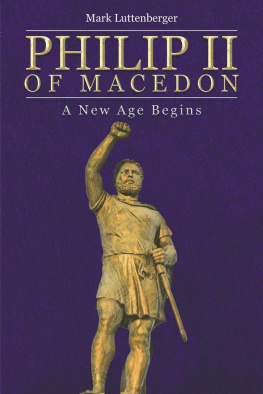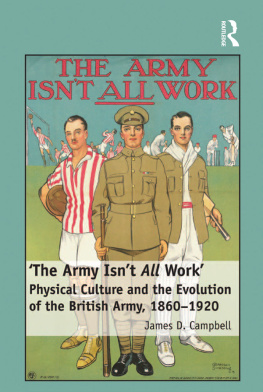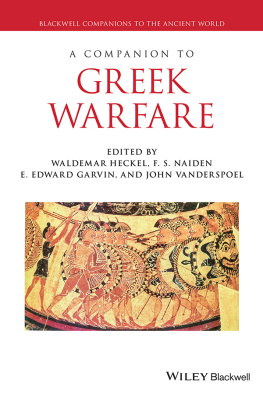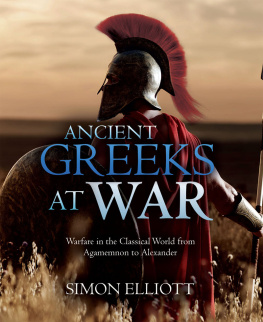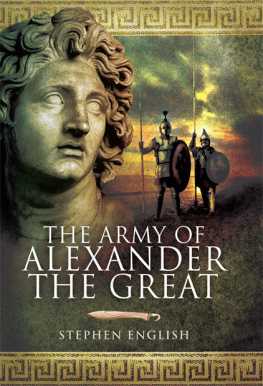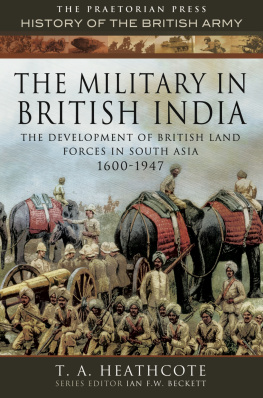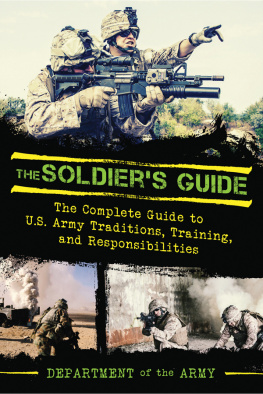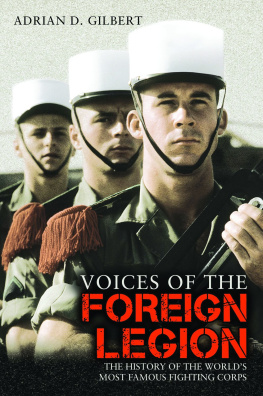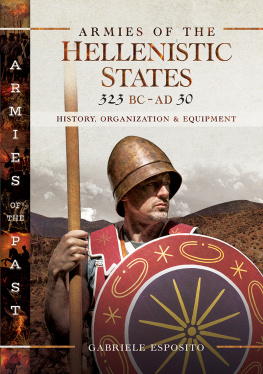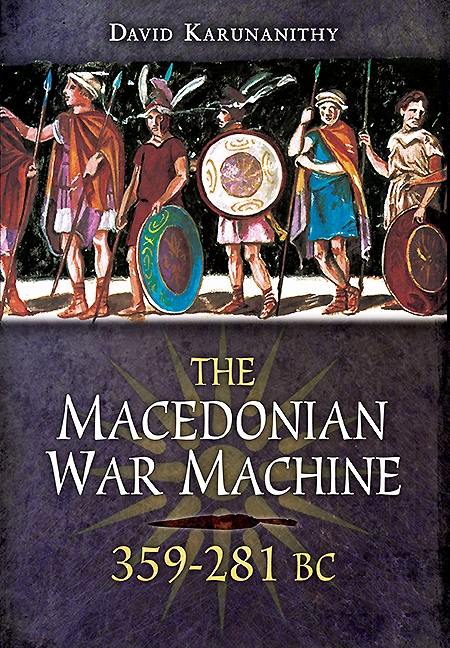Great Tumulus, Vergina: Grave Stelai
Hundreds of marble funerary monument fragments were recovered by archaeologist Manolis Andronikos from the Great Tumulus at Vergina.
According to Professor Chrysoula Saatsoglou-Paliadeli, the debris includes over fifty individual grave stelai spanning the fourthearly third centuries BC. Almost all of them have patronyms giving the names of the deceased. Little known to many researchers is that a few of the stelai appear to show Macedonian soldiers or military features. As these rare finds complement the overall evidence given in this book, the author felt it necessary to provide a review of four of the more relevant stelai for the sake of completeness. Most information was compiled from Saatsoglou-Paliadelis definitive Greek language work on the subject, of which only one copy is available in British academic libraries.
The first stele has the subject standing to the right in kausia with clearly-delineated hat band, tunic and chlamys, accompanied by a small child. The mans right hand extends in apparent farewell to a seated female figure to the left.
The second stele consists of only one large fragment. It depicts a man standing or sitting in a heroic pose grasping the visible shaft of a spear in his right hand, with his right arm or shoulder and the right side of his upper chest all bare. To the immediate left of this figure is a non-crested Phrygian helmet, the top partwith its distinctive high medial cockscombclearly visible.
The third stele has only the upper section surviving. The scene appears to incorporate a figure standing to the left in kausia, tunic and chlamys. The fragment cuts off, omitting the lower legs. Faded objects can be discerned on a shelf at the top including the hilt of a xiphos and a possible helmet on the far right side.
The last stele consists of a single large fragment. On the left is a seated man of whom only the tunic and legs can be made out. He holds a spear or javelin and his footwear consists of shin or calf high socks and krepides, the left of which still clearly preserves details of strap netting. A figure stands before him on the right wearing an above knee length tunic, a possible kausia and chlamys with socks and krepides.
Many of these stelai were painted. Preserved pigments have been described overall as red, blue, purple, yellow, green and black. The author had the opportunity to examine personally colour pigments of two additional stelai from the same tumulus site, which are included in Appendix 2 under catalogue nos. 5 and 6.
Bella Tomb II, Vergina: Painting
The three tombs covered by the Bella Tumulus at Vergina were originally excavated by Andronikos (1981/1982). The second tomb (dated 300275 BC) comprises one chamber measuring 3m3.5m with a height of almost 5m. Although it had been looted, this was to some extent compensated by an intact painting located above the marble doorway which had been treated with a thin coat of white plaster helping to preserve its colour pigments. The composition consists of an individual in full battle panoply flanked on each side by a deity (Plate 5).
The youthful, clean shaven man at the centre represents the heroised tomb occupant (
The central figure may be interpreted as an officer of Guard or Companion cavalry. He is depicted in a pale blue tunic over which is a white corselet with light pink-purple or violet shoulder yoke edged in red; a vague ochre-gold coloured Gorgons head ornament is located on the upper chest. Laces are discerned tied to the front of the shoulder pieces with an apparent ochre (or gold) tinted object, barely seen at the end of the visible left guard. A smaller gold object with a red strand is located lower down on the left side. The hips and midriff are obscured by a scarlet himation, and the corselet can be seen to integrate two layers of white pteryges, the lower row (or both) with a single thin line of red trim. Also apparent are a pair of high, dark brown boots (embades) enclosing the foot and calf. Specific details can still be made out, such as scalloped leather turnovers and long dangling laces.


